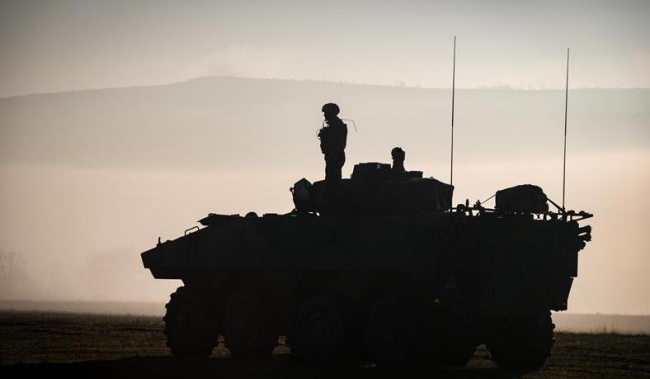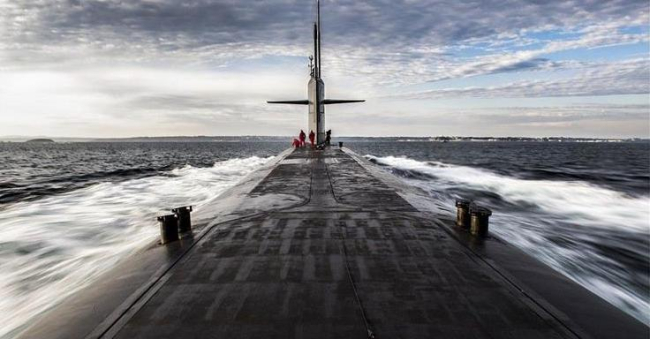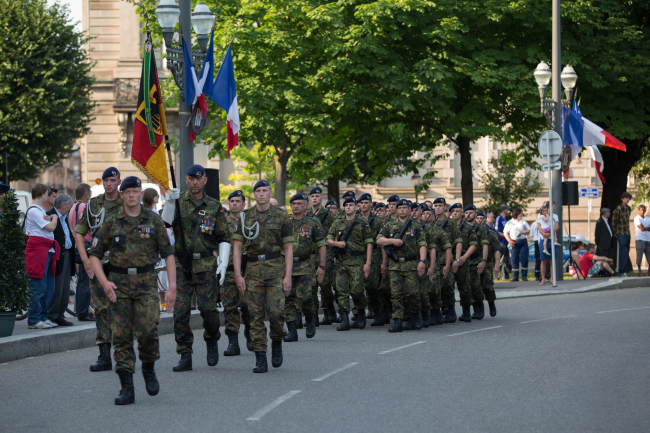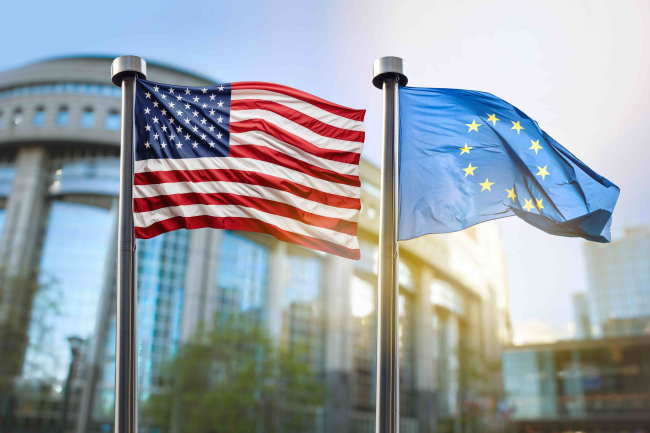The Future of Nuclear Proliferation after the War in Ukraine
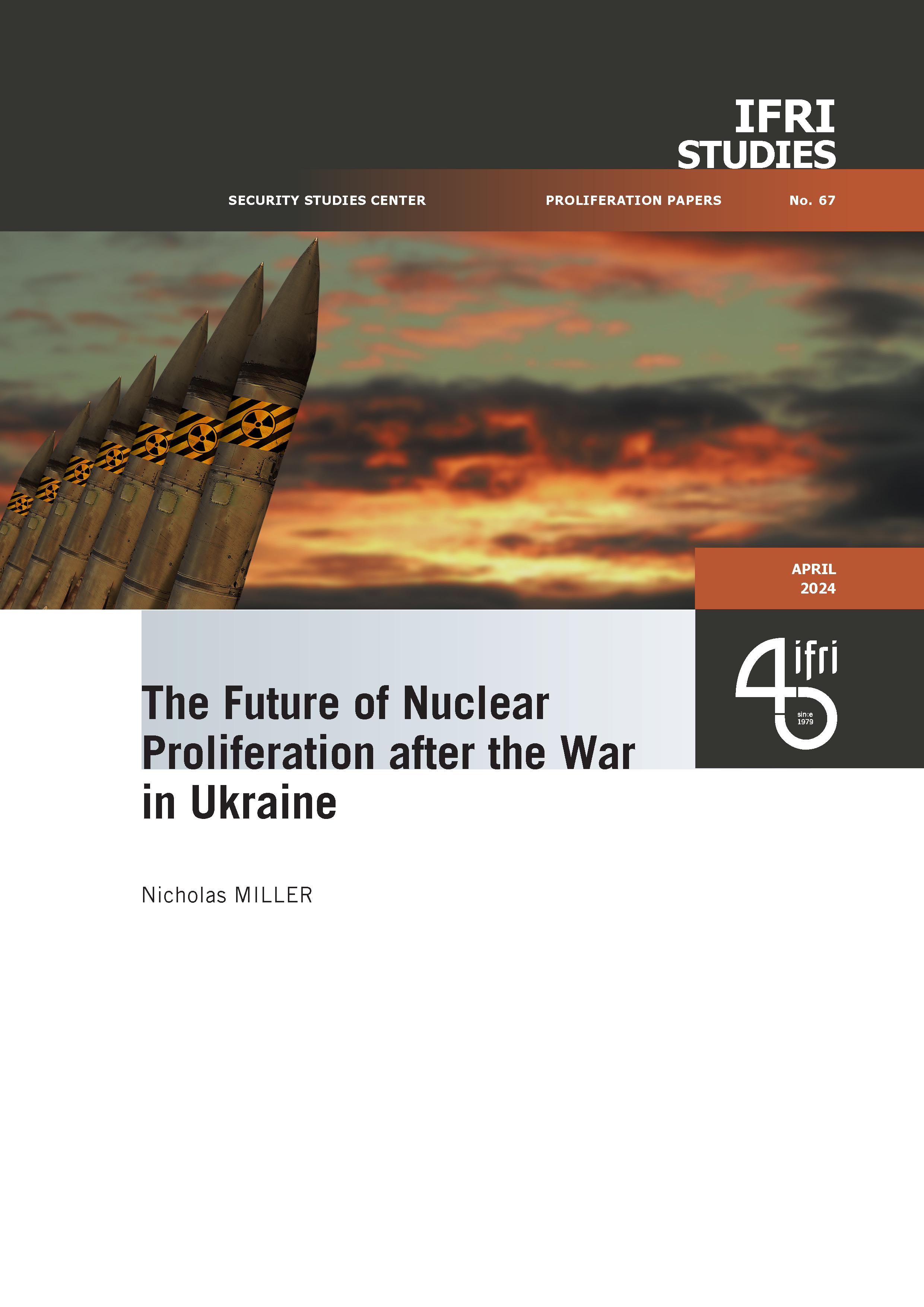
In the context of deep changes to the international security environment, especially the war in Ukraine, the risks of nuclear proliferation seem quite high, especially in the Middle East and East Asia.

Four categories of factors have been identified that might trigger an escalation. Firstly, changes in the international security environment, including heightened competition among major powers, could increase pressure for proliferation in regions like Europe, Asia, and the Middle East. Secondly, the declining ability of the United States to enforce non-proliferation regimes may lead allies to seek nuclear capabilities due to concerns over U.S. reliability. Thirdly, failures by nuclear powers to uphold disarmament commitments and the emergence of the Treaty on the Prohibition of Nuclear Weapons could undermine non-proliferation norms. Lastly, the war in Ukraine highlights the potential use of nuclear threats in conflicts, reinforcing the perception of nuclear weapons as crucial for national security.
While there are reasons to anticipate growing proliferation risks, historical precedent suggests that these risks can be managed. Concerns over U.S. reliability and disarmament failures have been addressed through coercion and reassurance in the past. Additionally, the impact of conventional wars supported by nuclear deterrence has been contained. While some risk factors are novel, such as the decline of the U.S. nuclear industry and the emergence of the Treaty on the Prohibition of Nuclear Weapons, their decisive impact remains uncertain.
The implications for the Middle East and East Asia vary. Allies like Japan and South Korea may be convinced to remain non-nuclear due to U.S. security assurances, while adversaries like Iran could be incentivized to pursue nuclear capabilities amid declining effectiveness of U.S. sanctions. If Iran acquires nuclear weapons, it may pressure Saudi Arabia to follow suit, potentially leading to regional proliferation dynamics. Thus, great powers and the international community need to step in to manage proliferation triggers by maintaining a focus on nonproliferation in their statecraft.

Available in:
Regions and themes
ISBN / ISSN
Share
Download the full analysis
This page contains only a summary of our work. If you would like to have access to all the information from our research on the subject, you can download the full version in PDF format.
The Future of Nuclear Proliferation after the War in Ukraine
Related centers and programs
Discover our other research centers and programsFind out more
Discover all our analysesThe Franco-German Brigade and the Revival of European Defense
One thing has been clear since Donald Trump's return to the White House: the very existence of the European unification project is threatened. Unless it develops a sovereign defense policy to counter the war in Ukraine and the weakening of American security guarantees, the European Union will continue to see its internal cohesion and external attractiveness wane.
Taking the Pulse: Can Europeans Build Their Independent Extended Nuclear Deterrent?
Confronted with a U.S. disengagement and the Russian threat, Europeans are reconsidering their stance on nuclear deterrence. Given the capabilities of the French and British arsenals, can Europe develop an independent nuclear deterrent?

RAMSES 2024. A World to Be Remade
For its 42nd edition, RAMSES 2024 identifies three major challenges for 2024.
A Transatlantic Defense Industrial Base? Two Contrasting Views
The evolving landscape of global defense cooperation has brought the transatlantic relationship between the United States (US) and Europe into sharp focus. As geopolitical tensions rise and the threat environment becomes more complex, the question of how Europe can best ensure its security while navigating its relationship with the United States has become paramount. This double feature report offers two contrasting views on the dynamics of US-Europe defense industrial relations, highlighting the challenges and opportunities that lie ahead for both parties.




